In the ever-evolving world of streetwear, where bold statements and flashy designs often take center stage, one brand has managed to captivate the fashion landscape through subtlety and minimalism—Fear of God Essentials. Founded by Jerry Lorenzo, Essentials is not merely a sub-label but a cultural movement. It has carved a unique space in the industry by offering understated garments that emphasize form, fit, and feel. This article explores the story, philosophy, impact, and future of Essentials, a brand that has become synonymous with modern streetwear cool.
The Origins of Fear of God and the Birth of Essentials
To understand Essentials, one must first recognize the roots of its parent brand, Fear of God. Launched in 2013 by Jerry Lorenzo, Fear of God quickly became a sensation for its distinctive aesthetic that blended luxury with streetwear. Known for its layered silhouettes, elongated cuts, and rich fabric selections, Fear of God stood out as a high-end label with religious undertones and a deeply personal narrative.
However, as the brand’s acclaim grew, so did the price tags. This created a barrier for many young fans who admired Lorenzo’s vision but couldn’t afford it. Enter Fear of God Essentials—a diffusion line launched in 2018 with the mission of democratizing the brand’s signature style. Essentials offered a more accessible alternative without compromising on quality, design, or ethos. It wasn’t just about making cheaper clothing; it was about delivering the same sense of identity at a reachable price point.
The Philosophy: Simplicity as Sophistication
At its core, Essentials is about stripping down fashion to its most elemental forms. The name itself—Essentials—speaks to the brand’s ideology. It’s not about chasing trends or overwhelming the consumer with excess; it’s about providing the building blocks of a modern wardrobe. Neutral tones, relaxed fits, and timeless silhouettes define the collection season after season.
This emphasis on simplicity allows for versatility. An Essentials hoodie can be worn on a lazy Sunday or layered beneath a designer trench coat. The garments are designed to transcend seasons and trends, encouraging consumers to invest in pieces that remain relevant over time. In this way, Essentials aligns with the growing movement toward sustainable fashion—not through organic materials or recycling campaigns, but by making clothes that last in both form and function.
Jerry Lorenzo’s Vision: Faith, Function, and Fashion
Jerry Lorenzo’s personal journey plays a pivotal role in shaping the ethos of Essentials. A self-taught designer, Lorenzo brings an unconventional approach to fashion that blends spirituality, practicality, and cultural consciousness. Raised in a religious household and the son of a former MLB manager, Lorenzo’s upbringing instilled in him a deep respect for purpose and integrity. These values are infused into every garment he creates.
Essentials reflects Lorenzo’s desire to give people access to clothing that feels authentic. It’s not about hype; it’s about connection. The pieces are often oversized, not to mimic trends, but to give wearers a sense of comfort and freedom. This democratization of fashion—where style is no longer dictated by price or exclusivity—is central to the Essentials identity.
The Design Language: Understated Yet Intentional
One glance at an Essentials collection might lead some to believe that the designs are basic or even plain. But this apparent simplicity belies a deep design intelligence. Every detail—from the choice of fabric to the positioning of a logo—is meticulously considered.
Color palettes typically lean toward earthy tones: sand, sage, charcoal, and cream dominate the lineup. These hues not only echo natural environments but also make the pieces effortlessly wearable. The cuts are roomy and drop-shouldered, inspired by American sportswear but modernized for a contemporary silhouette. Logos are minimal, often appearing as tonal rubberized lettering across the chest or hem. This branding strategy is a statement in itself—present, but not overpowering.
Fabric plays a huge role in elevating Essentials. The cotton is soft yet substantial. The fleece is thick without being bulky. These choices result in garments that feel luxurious despite their relatively modest price points.
Essentials as a Cultural Phenomenon
Essentials has done more than just offer good clothes at fair prices—it has become a cultural touchstone. In a time when celebrity endorsements and social media presence can make or break a brand, Essentials has navigated this landscape with finesse. Artists, athletes, and influencers regularly sport Essentials gear, but it never feels like paid promotion. Instead, it’s organic—Essentials has become part of the visual language of contemporary culture.
Perhaps one of the most powerful aspects of the brand is how it resonates across different demographics. Teenagers in suburban malls, creatives in urban centers, and even high-profile figures in the entertainment industry all gravitate toward Essentials. It transcends class and geography, offering a rare kind of inclusivity in a world often defined by exclusion.
Collaborations and Retail Strategy
One of the most strategic moves behind Essentials’ rise has been its collaboration with retail giant PacSun. By partnering with a mainstream yet youth-centric retailer, Essentials was able to reach a wide audience without diluting its brand image. The collections often sell out within hours, driving both demand and desirability.
Despite its mainstream availability, Essentials manages to retain an air of exclusivity. Limited drops, seasonal collections, and deliberate scarcity create a sense of urgency around the brand. This retail strategy mirrors that of luxury fashion, but with the accessibility of mass-market apparel—a delicate balance that Essentials has perfected.
Essentials in the Age of Athleisure and Hybrid Style
The rise of athleisure has changed the way people dress, blurring the lines between workout wear, loungewear, and casual street style. Essentials fits seamlessly into this new fashion paradigm. The sweatpants aren’t just for lounging; they’re statement pieces. The oversized tees aren’t just for gym sessions; they pair just as well with tailored trousers.
In many ways, Essentials is the uniform of the new generation. It speaks to a world that values comfort without sacrificing style. The COVID-19 pandemic accelerated this shift, and as remote work and relaxed dress codes became the norm, Essentials found itself perfectly positioned to meet the moment.
Sustainability Through Longevity
In recent years, the fashion industry has faced growing scrutiny over its environmental impact. While Essentials doesn’t market itself as a sustainable brand in the traditional sense, its commitment to durability and timelessness aligns with sustainable principles. By encouraging consumers to buy less and wear more, Essentials subtly undermines the fast fashion model.
The pieces aren’t designed to be seasonal throwaways—they’re meant to be staples. A well-loved Essentials hoodie can last for years without losing its relevance. In a world drowning in disposable fashion, that kind of longevity is revolutionary.
Criticism and Challenges
Despite its many strengths, Essentials is not without criticism. Some detractors argue that the brand’s aesthetic has become too uniform, with little variation between seasons. Others feel that the hype around Essentials creates unnecessary scarcity, echoing the exclusivity that the brand originally aimed to avoid.
Additionally, as the streetwear market becomes increasingly saturated, maintaining authenticity is a constant challenge. But Jerry Lorenzo seems aware of these tensions, often emphasizing that his focus remains on quality, not hype. In a 2020 interview, he remarked that he’s “more concerned with how the clothes make people feel than how many likes they get on Instagram.”
Looking Ahead: The Future of Essentials
As we look to the future, the question arises: where does Essentials go from here? Can a brand built on minimalism continue to grow without compromising its core values?
The answer may lie in refinement rather than expansion. Essentials doesn’t need to reinvent itself; it needs to deepen its commitment to what it already does so well. That could mean introducing new fabric innovations, offering more inclusive sizing, or exploring subtle design evolutions that keep the brand fresh while honoring its roots.
There’s also potential for global expansion. While Essentials is popular in the U.S., its understated aesthetic and universal appeal make it a prime candidate for international success, particularly in markets like Japan, South Korea, and parts of Europe where minimalist fashion thrives.
Essentials as a Philosophy, Not Just a Brand
Fear of God Essentials is more than just a clothing line—it’s a mindset. It champions the idea that style doesn’t have to scream to be heard. In an age dominated by noise, Essentials offers quiet confidence. It invites wearers to define themselves not by what they wear, but by how they wear it.
Through thoughtful design, ethical intent, and a deep understanding of cultural currents, Essentials has redefined what it means to be stylish in the 21st century. It proves that the most impactful fashion doesn’t always come with sequins and slogans. Sometimes, it comes in the form of a perfectly cut hoodie, a muted color palette, and the courage to keep things simple.
In the world of fashion, trends come and go—but Essentials is here to stay.
Read More: techners

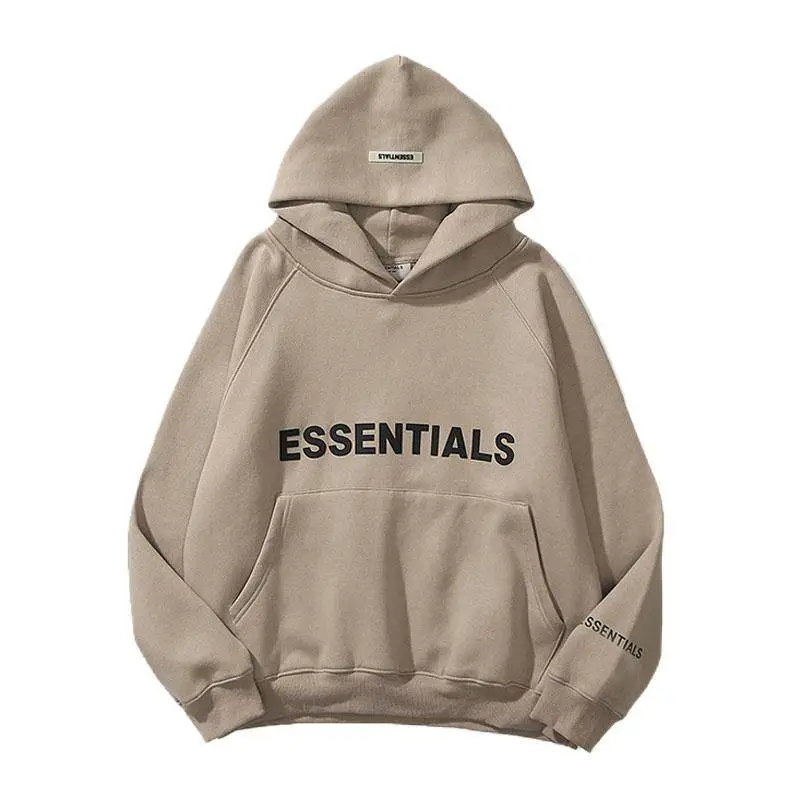
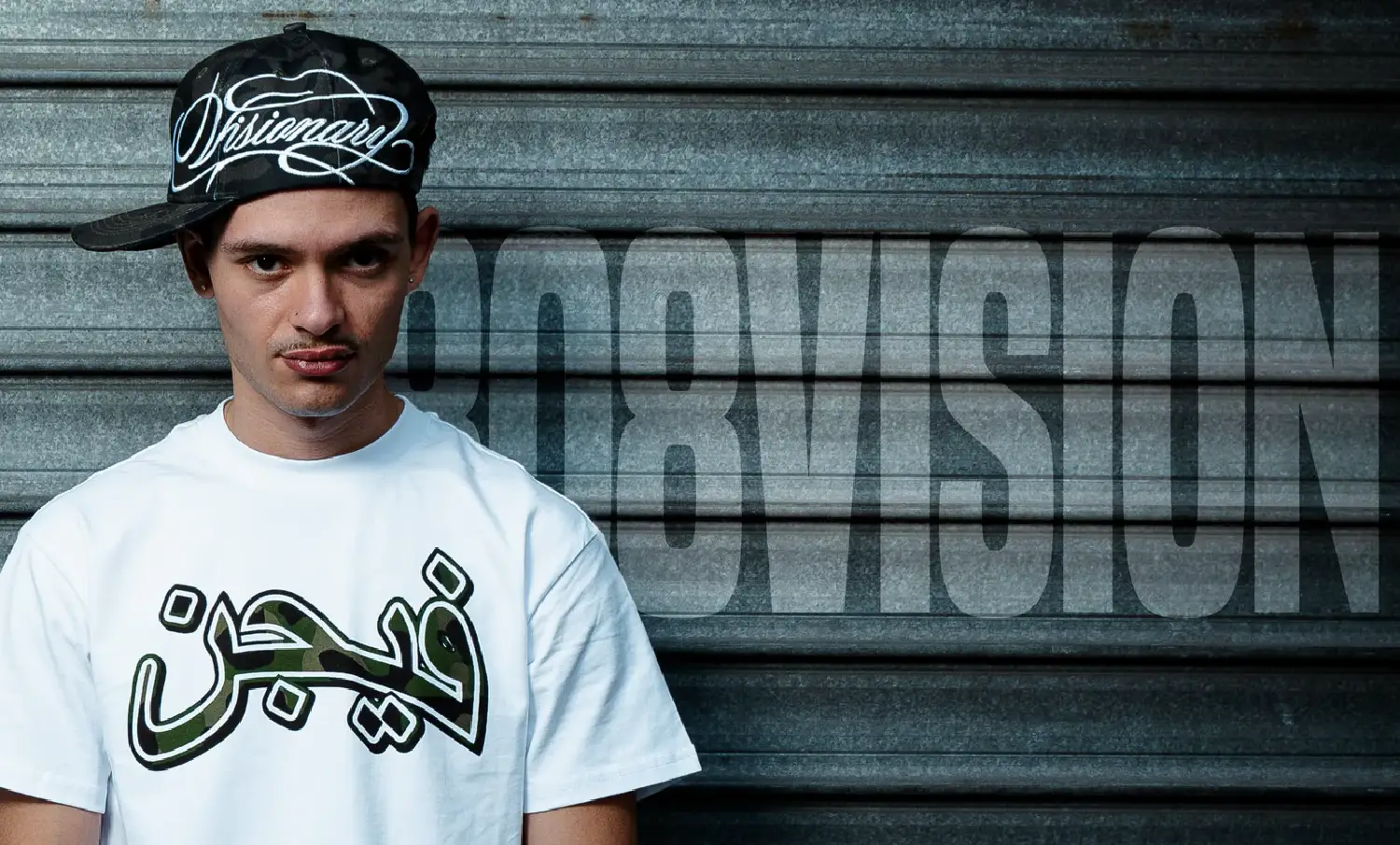
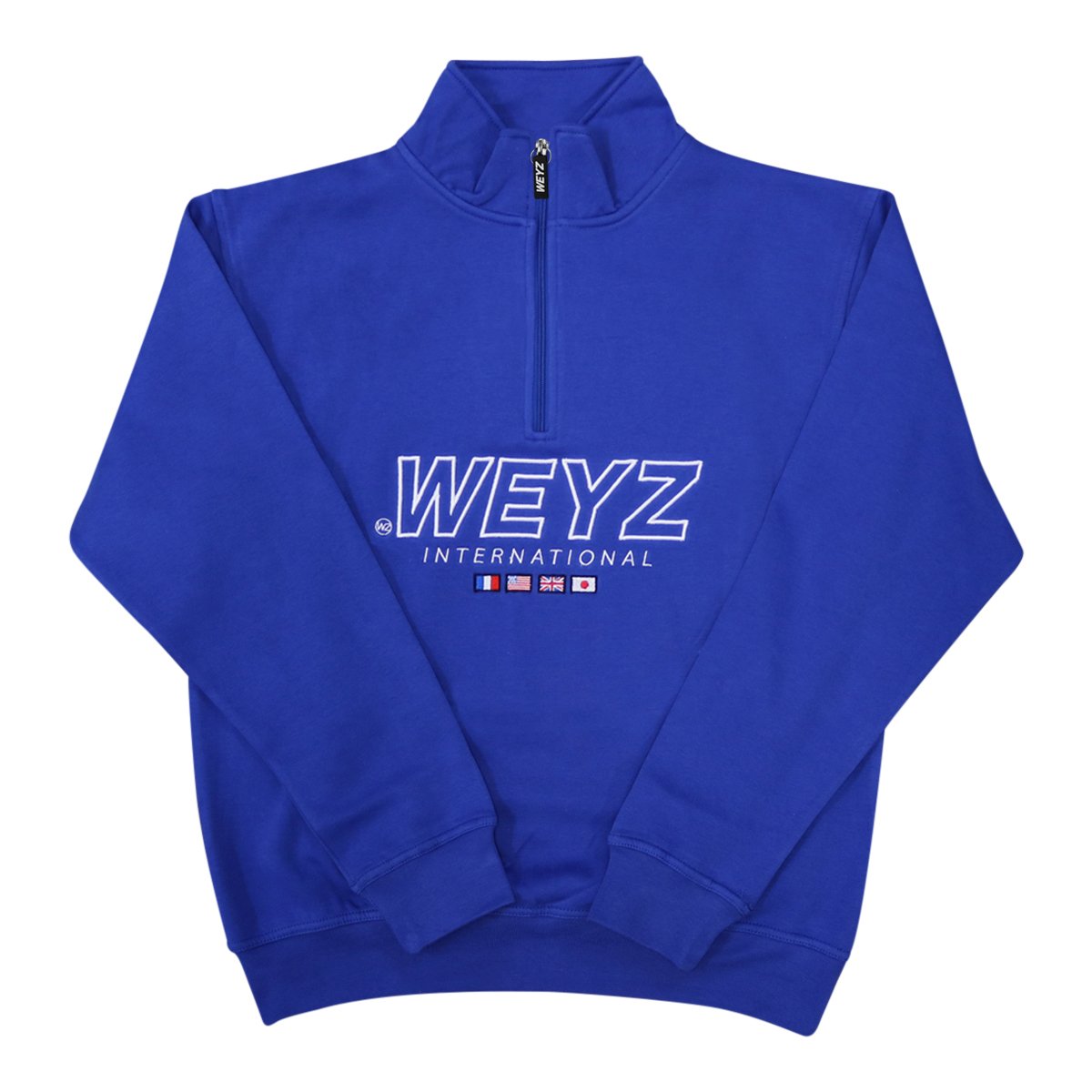
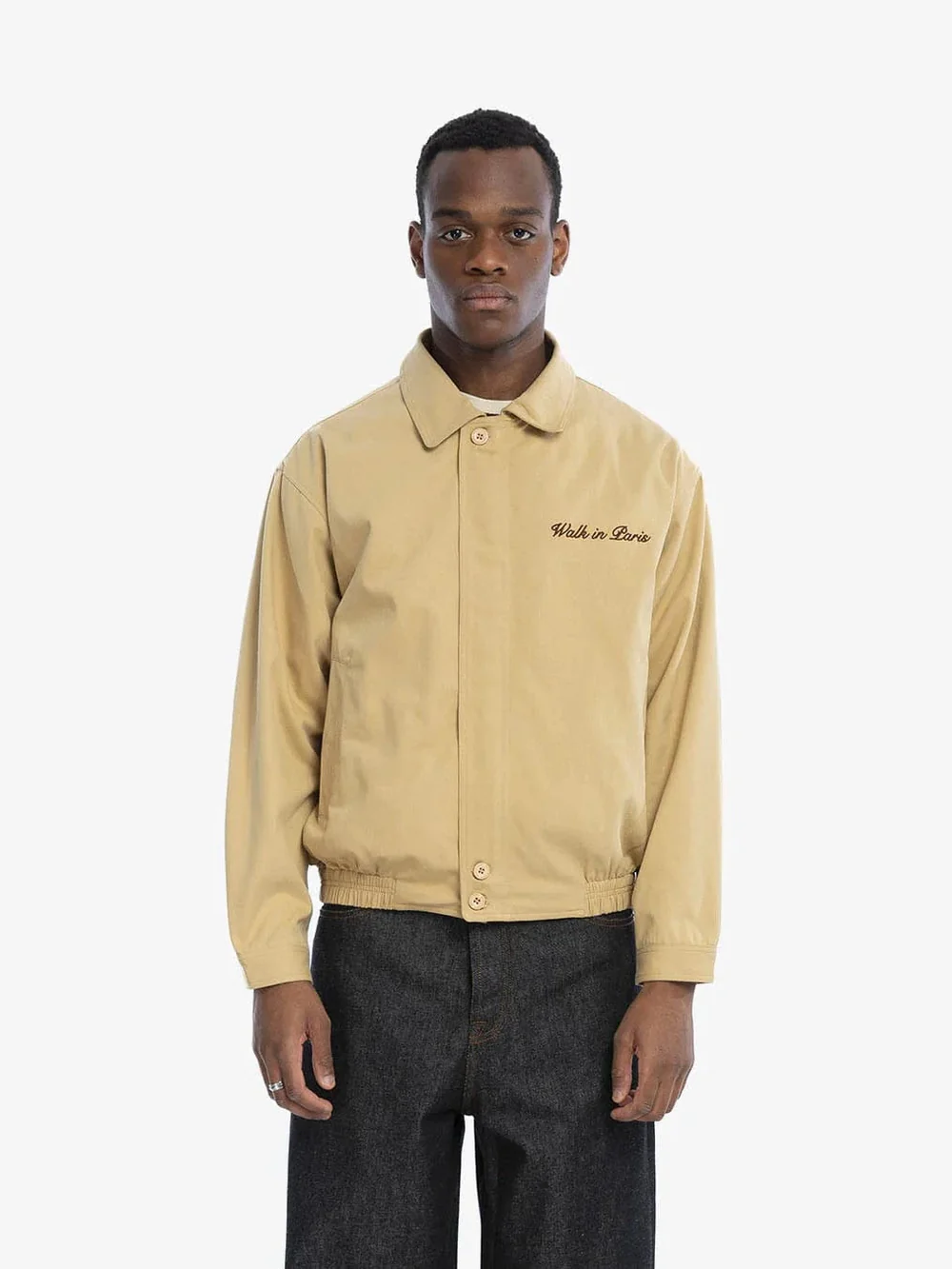

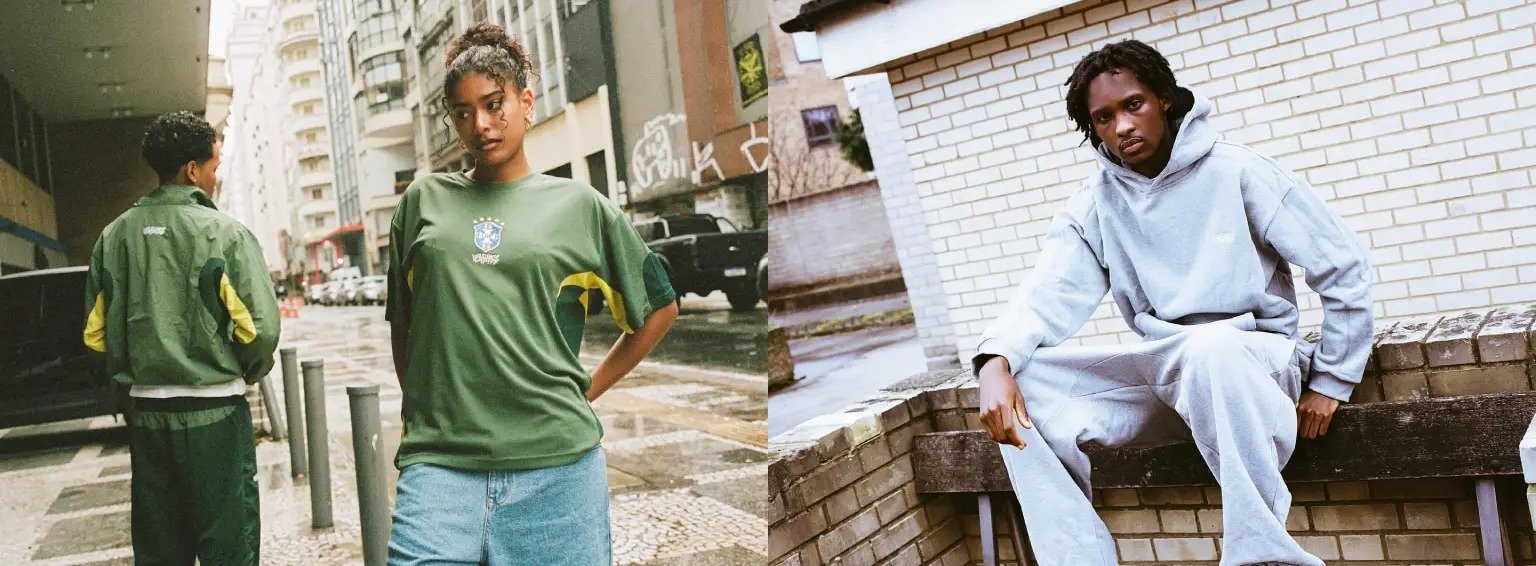
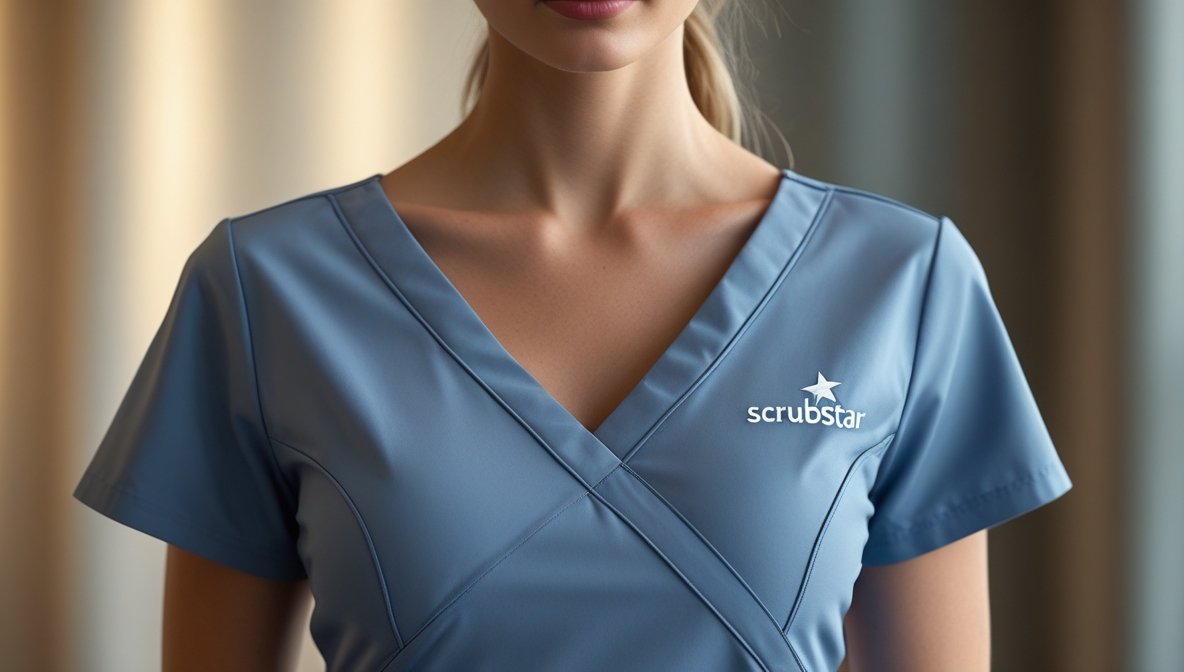
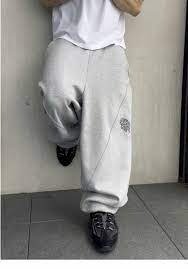
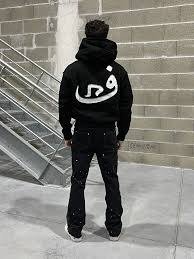


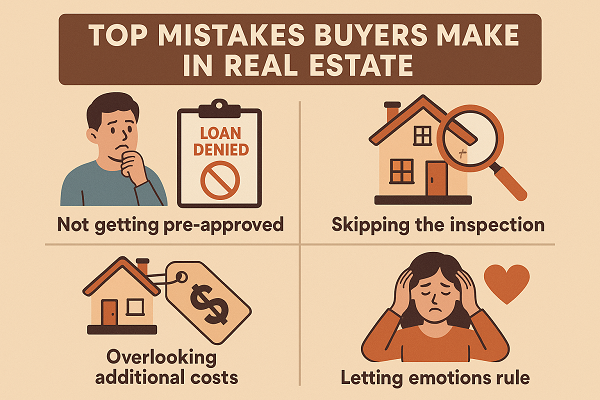



Leave a Reply